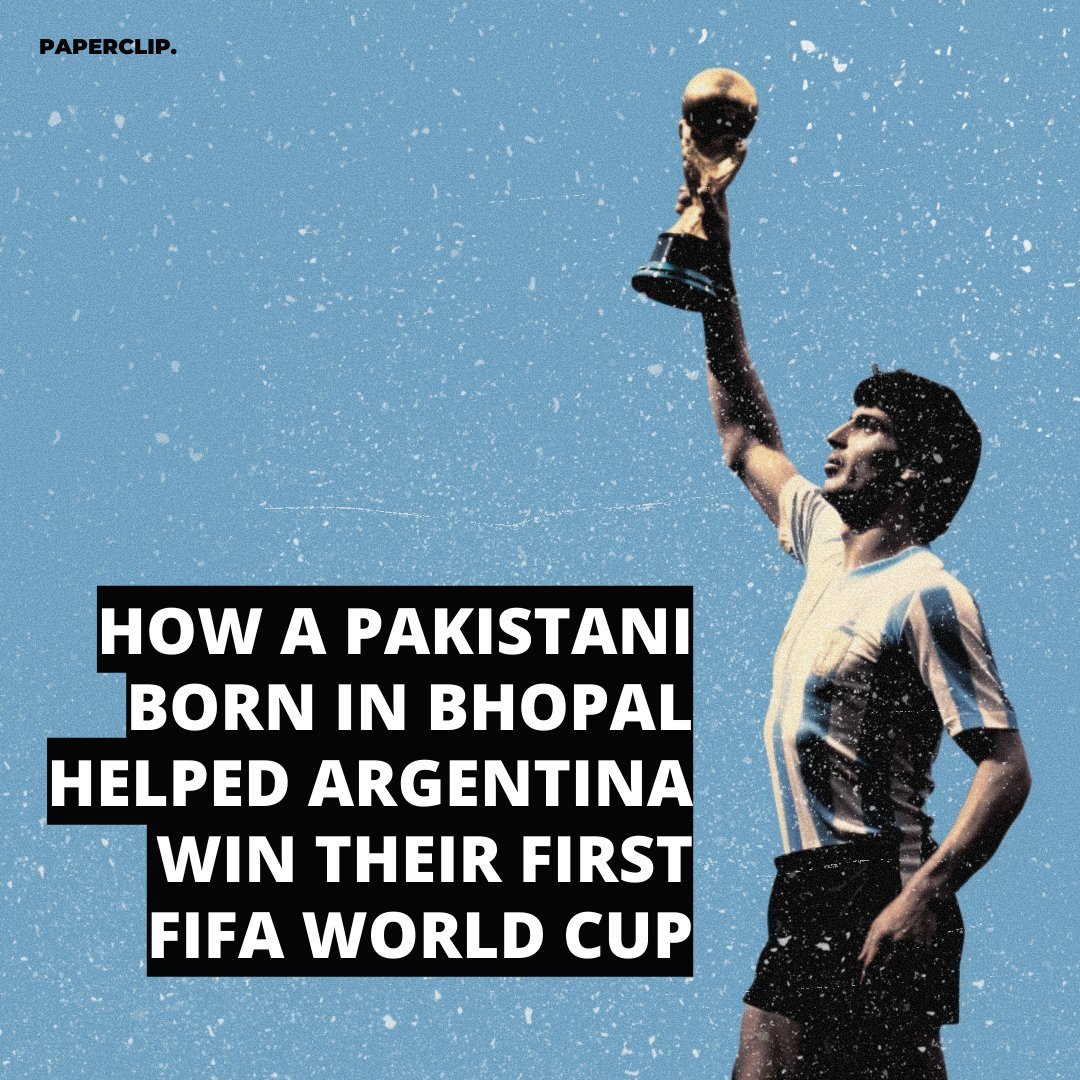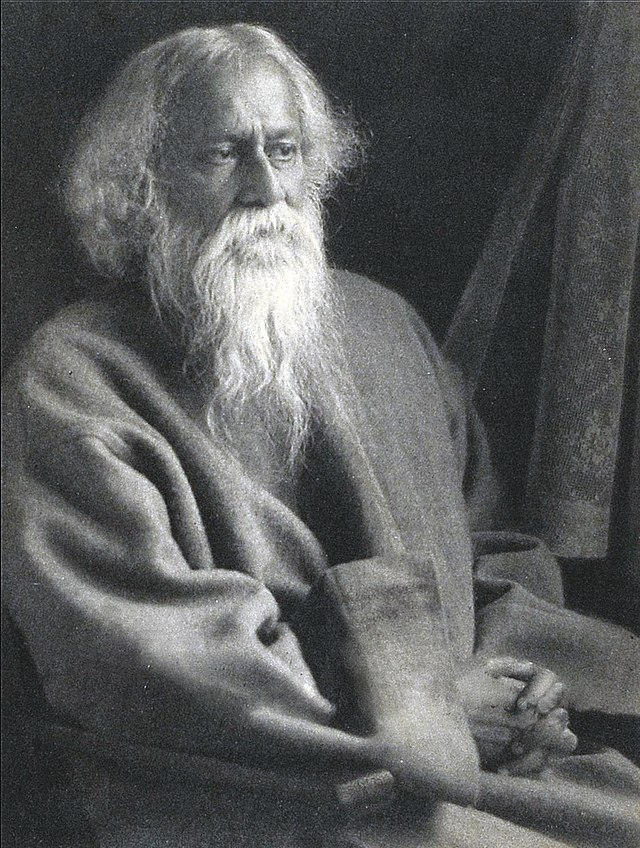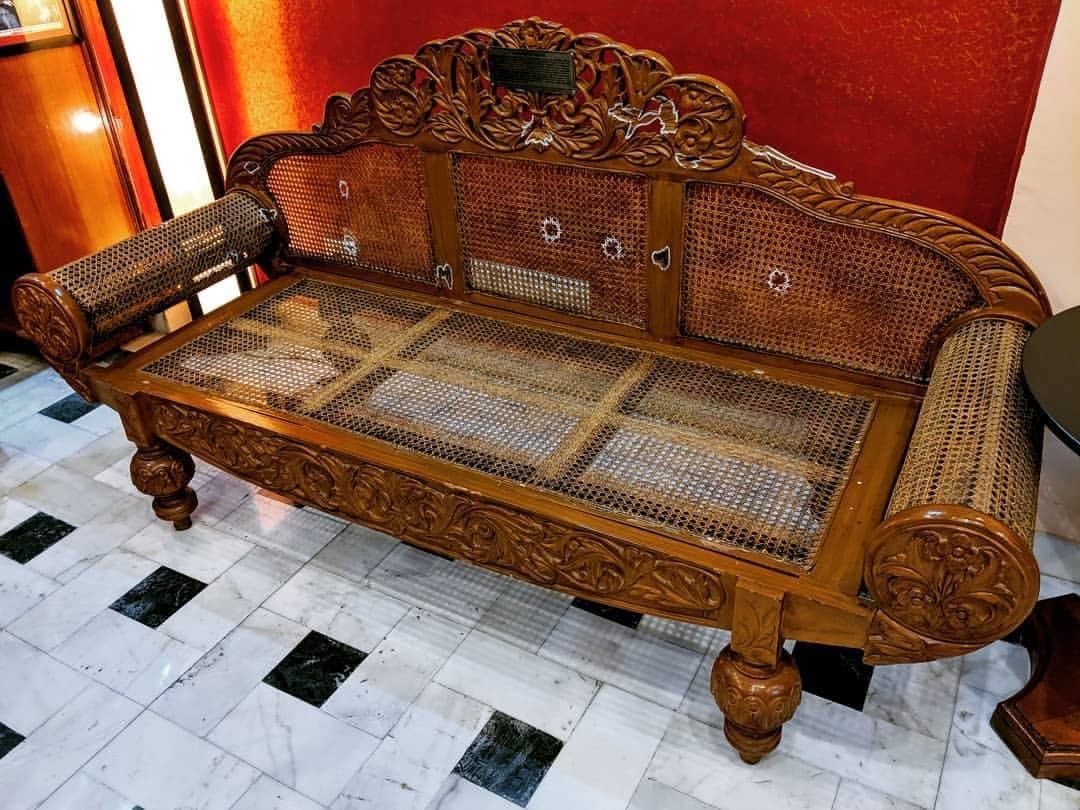Paperclip pays tribute to the King of Football through some photos of his life and times #Pele 

The return of the King: Inspired by Pelé, Brazil enthralled audiences with their dazzling brand of football at Mexico, 1970, becoming the 1st team to become World Champions three times 

Parading the Jules Rimet trophy in Paris' Champs Elysees in 1971. Brazil were awarded the trophy permanently on winning it 3 times. Pelé remains the only man to feature in 3 victorious world cup teams 

When Diego Maradona passed away in Nov, 2020, Pelé penned an emotional message, concluding with these lines - "One day I hope we will play soccer together in the sky" 

Sources:
footballparadise.com/pele-book-revi…
si.com/soccer/2016/10…
rediff.com/sports/report/…
supersport.com/football/gener…
marca.com/en/boxing/2022…
rarehistoricalphotos.com/17-year-old-pe…
zeenews.india.com/hindi/india/de…
footballparadise.com/pele-book-revi…
si.com/soccer/2016/10…
rediff.com/sports/report/…
supersport.com/football/gener…
marca.com/en/boxing/2022…
rarehistoricalphotos.com/17-year-old-pe…
zeenews.india.com/hindi/india/de…
• • •
Missing some Tweet in this thread? You can try to
force a refresh



























